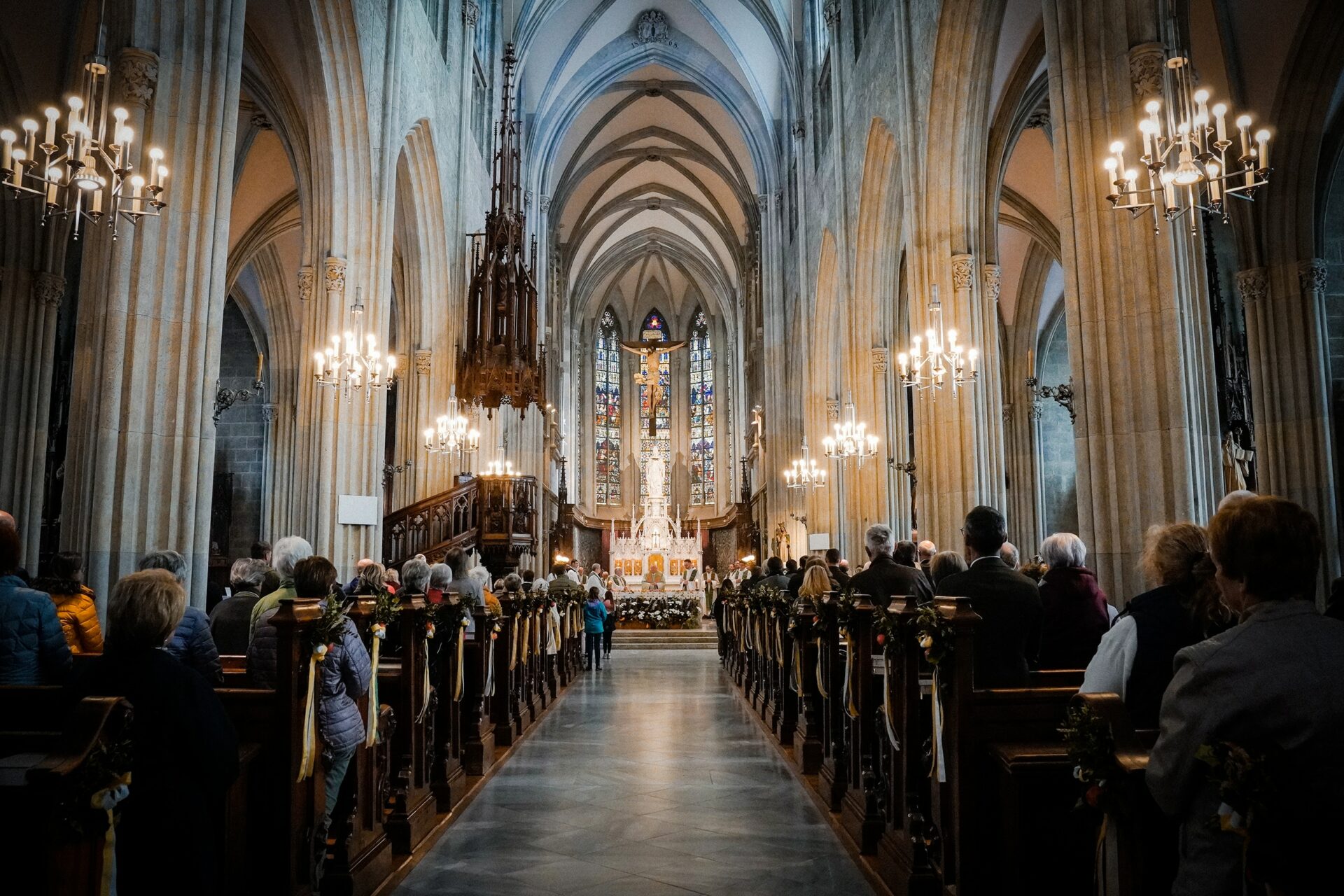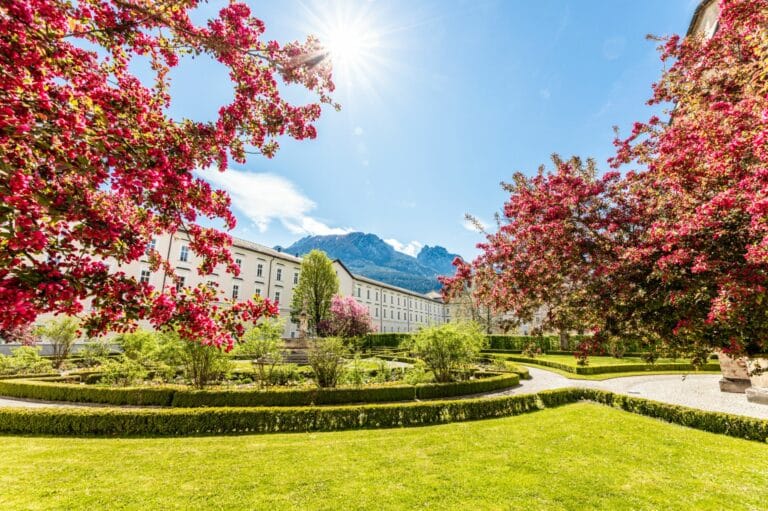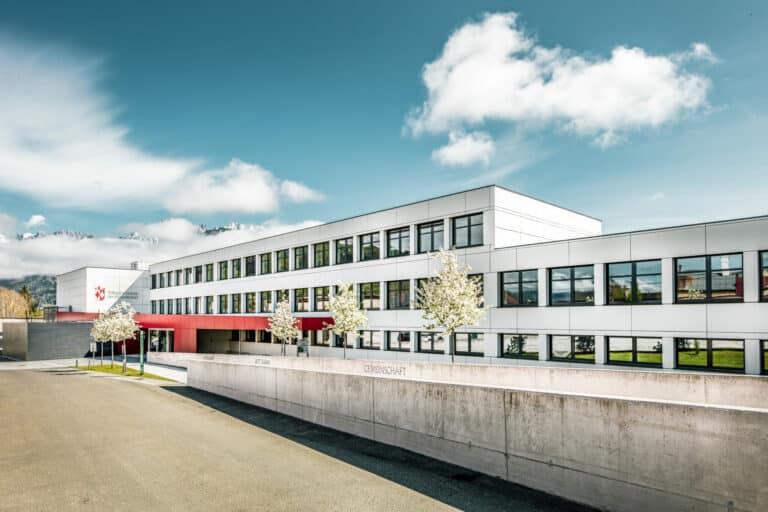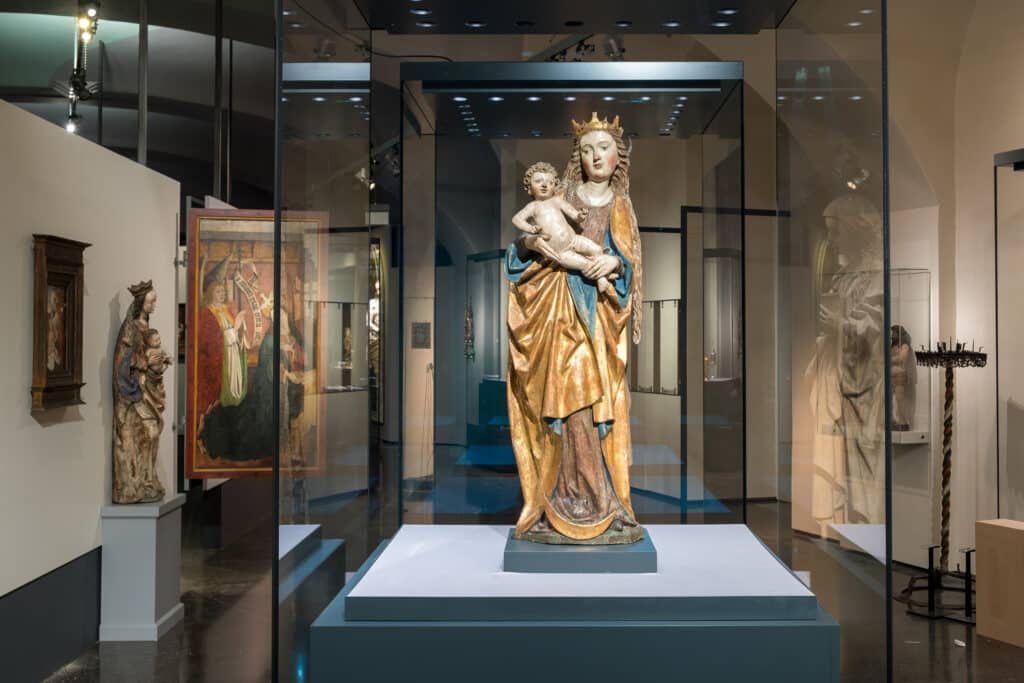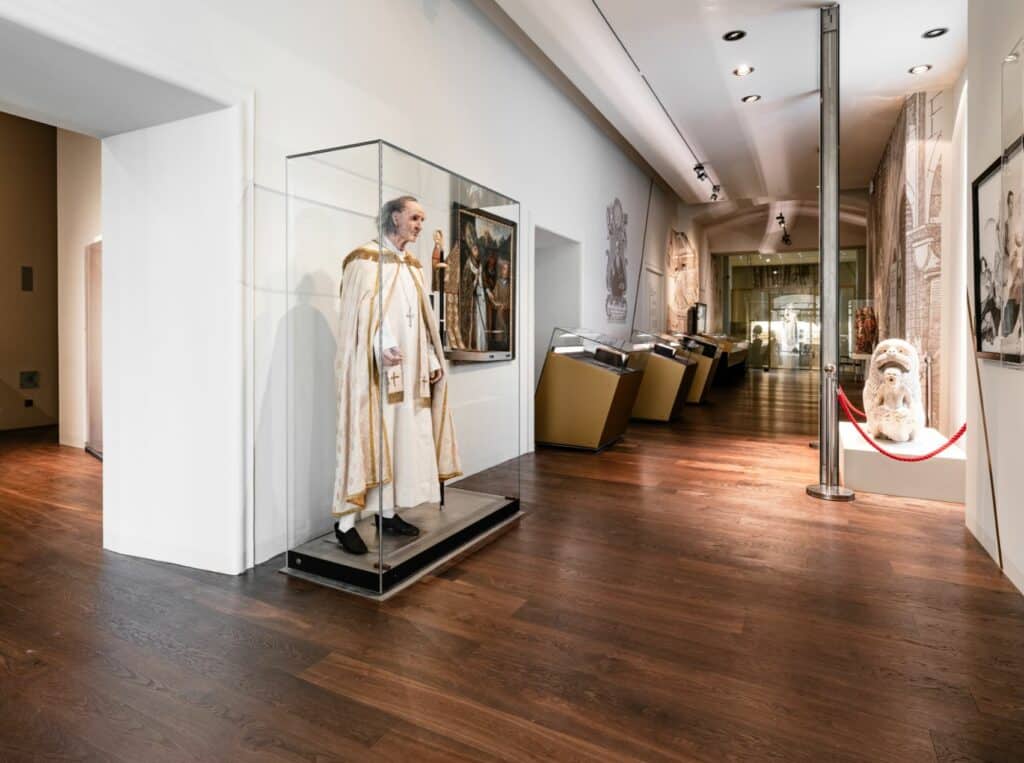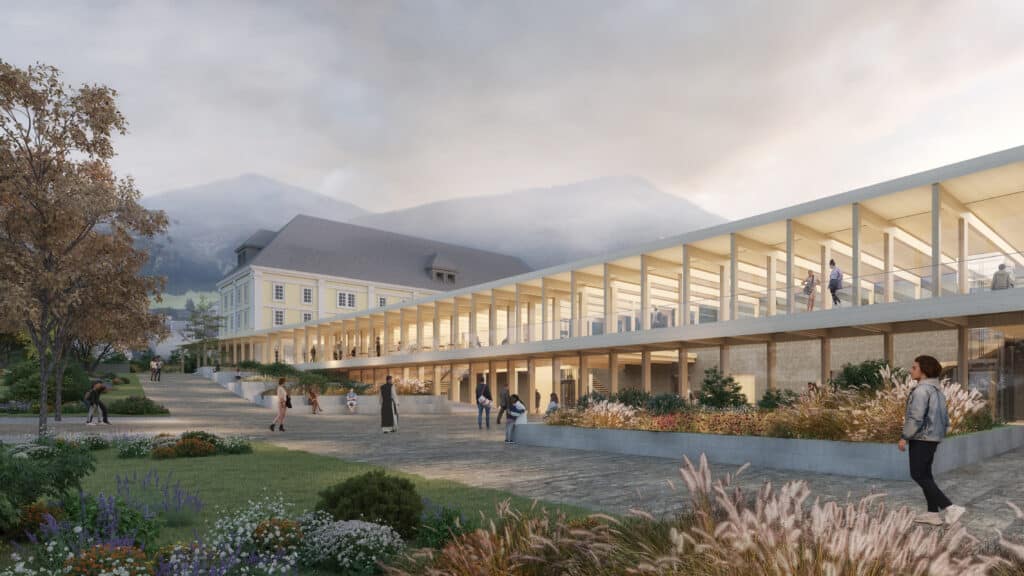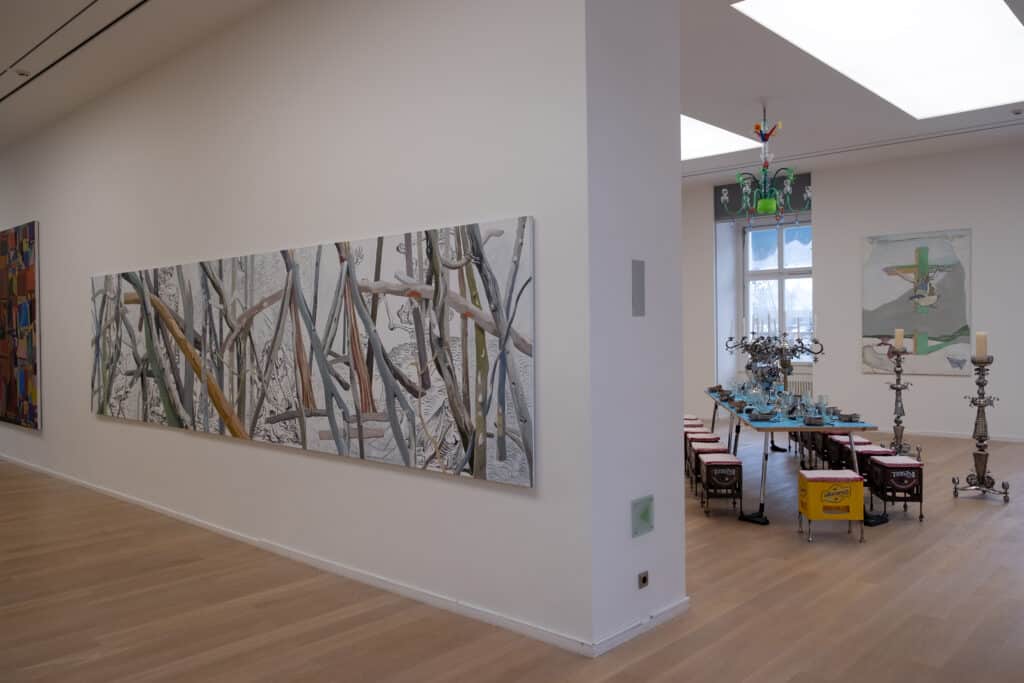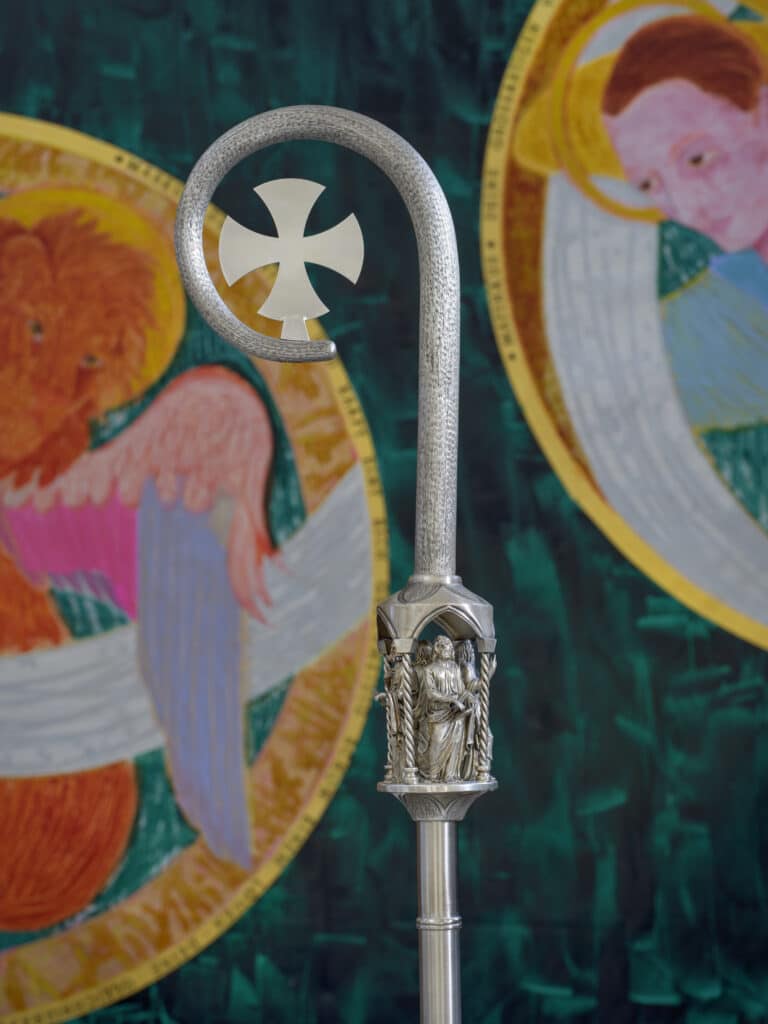Dear readers!
I am humbly proud (this contrasting pair of words is exactly fitting, as it indicates that it was and is only possible with the help of God), in other words: I am humbly proud that our house history began with a woman, Hemma of Gurk, without whom we would not even exist. In the male-dominated history of the world, God placed a female founder, St Hemma of Gurk, at the centre of our Admont Abbey. From her great wealth, above all in property - also in Upper Styria - she gave a huge portion of it to the church so that a monastery could be founded. As we know, she did not live to see the foundation of Admont here on earth, but she certainly felt satisfaction in heaven, to put it in very earthly terms, that Archbishop Gebhard of Salzburg carried out her will in 1074.
READ MORE





